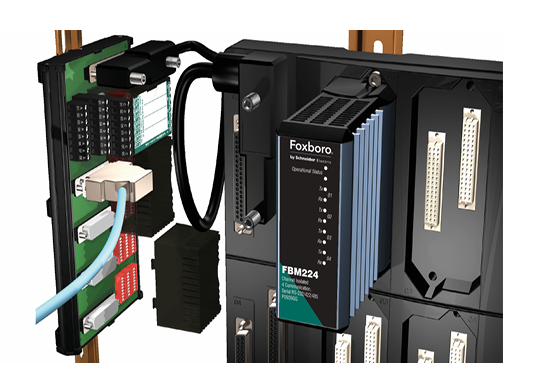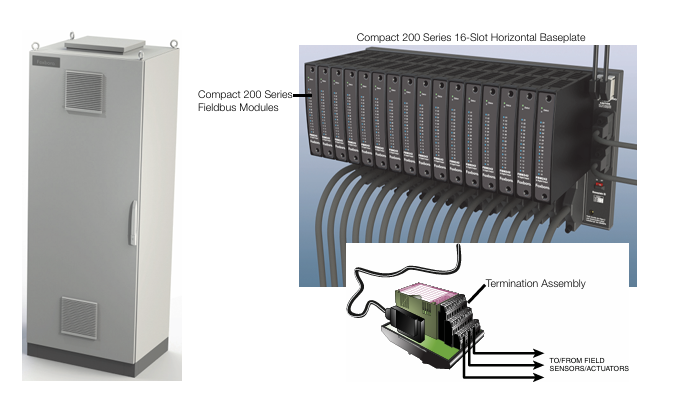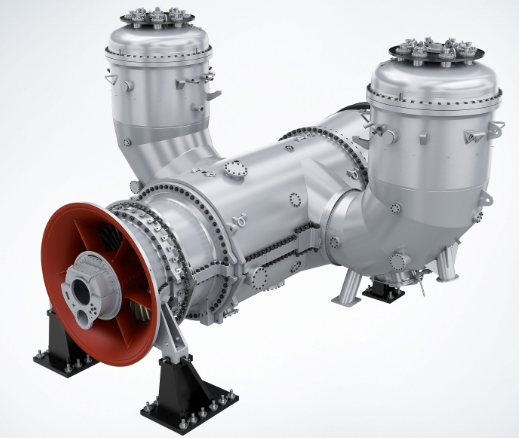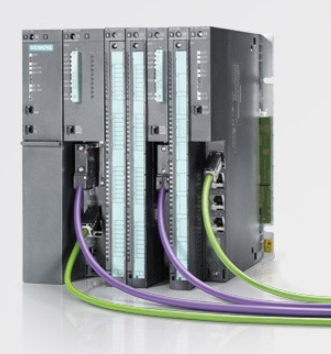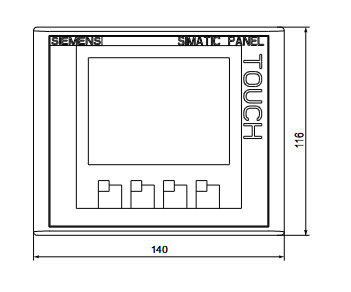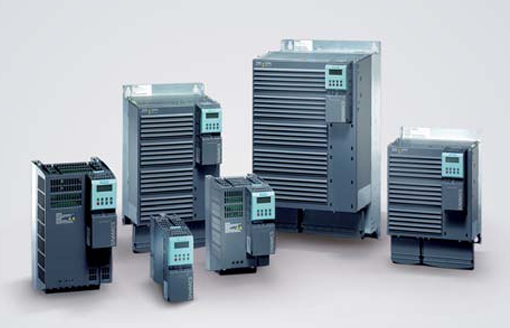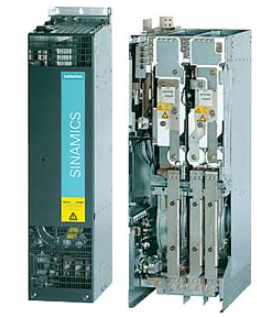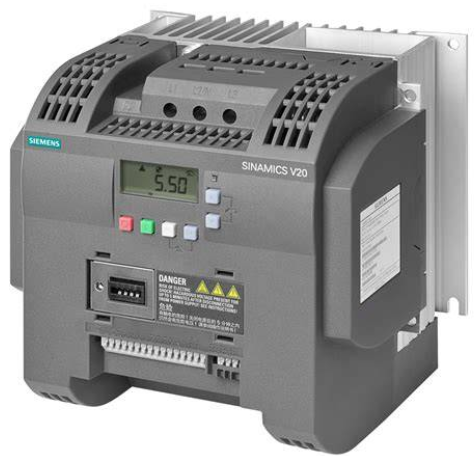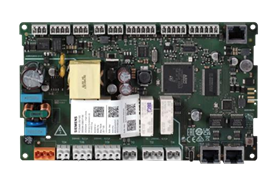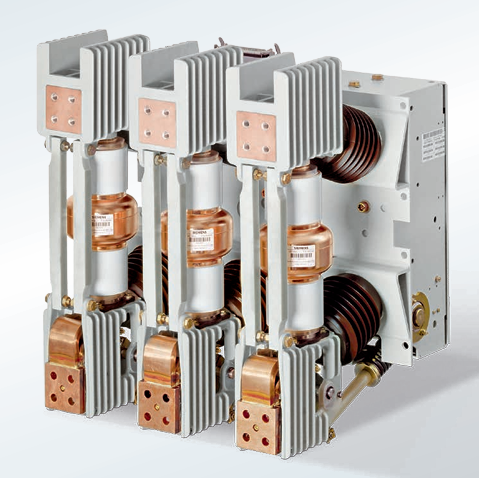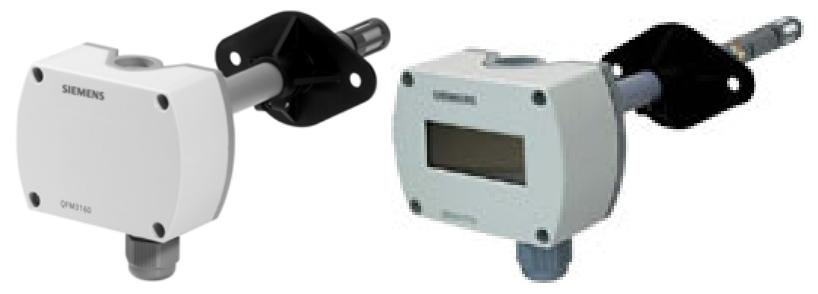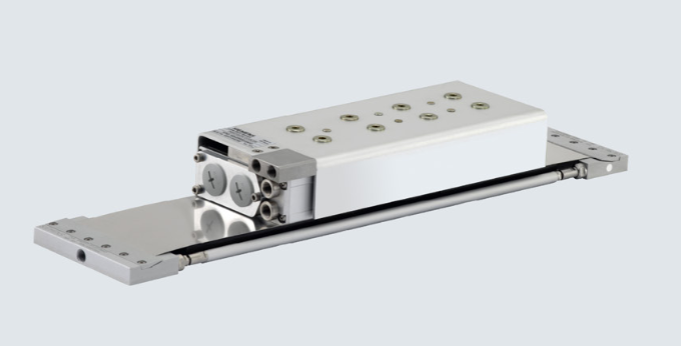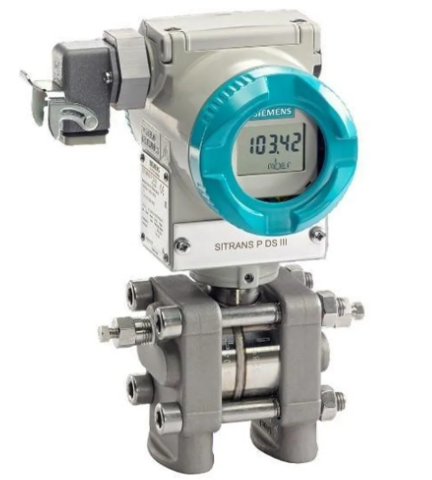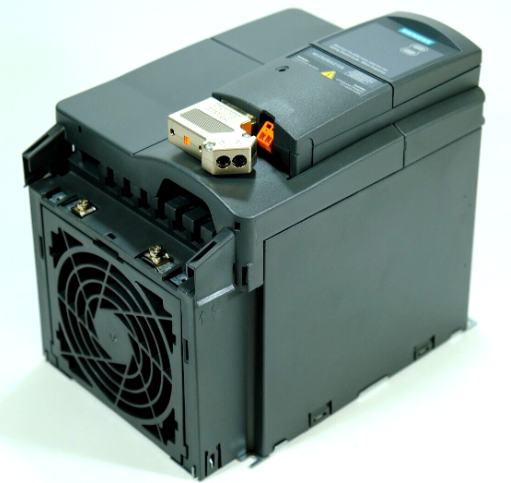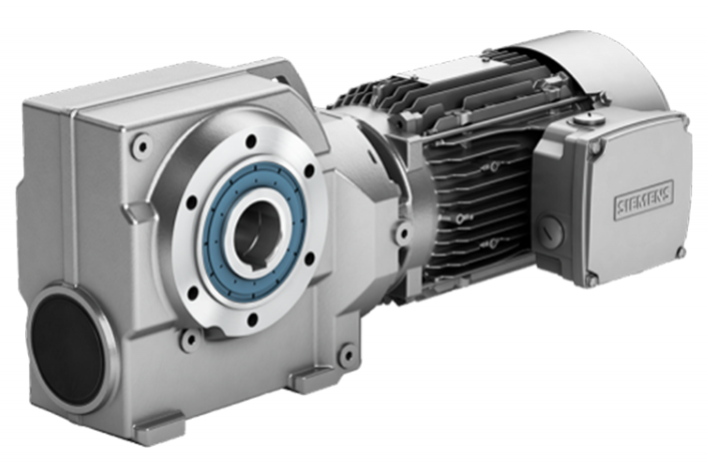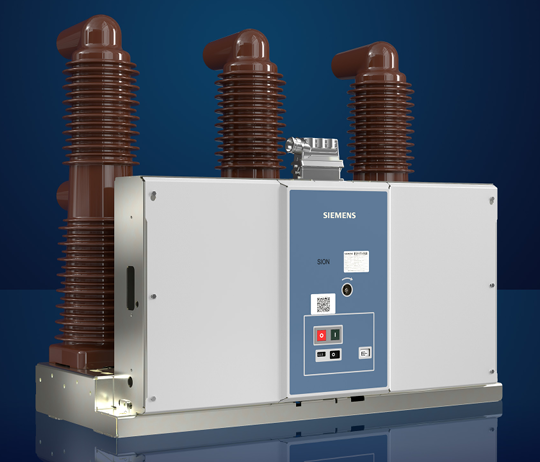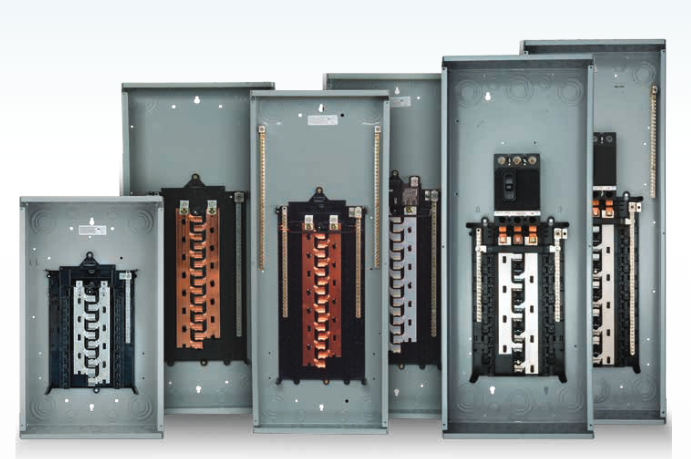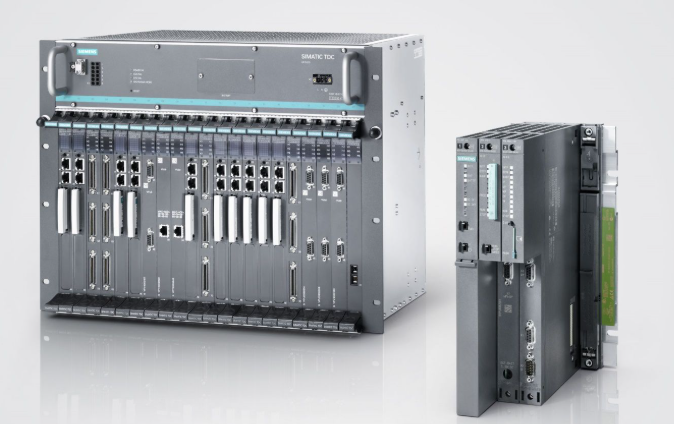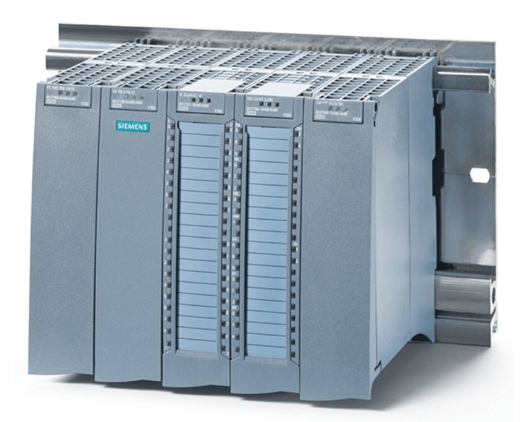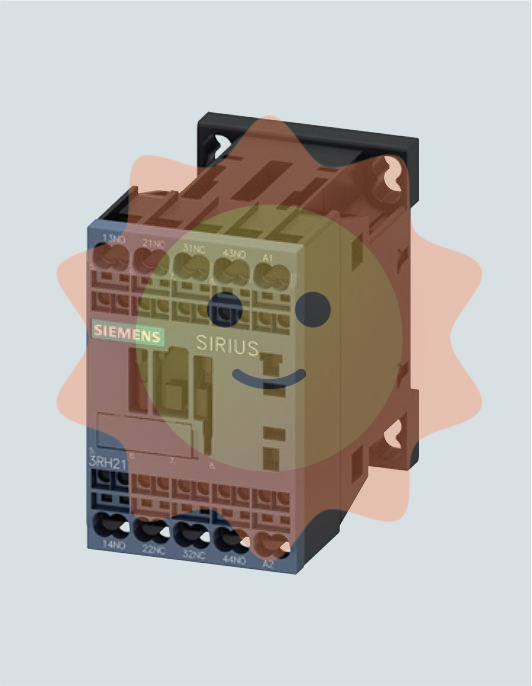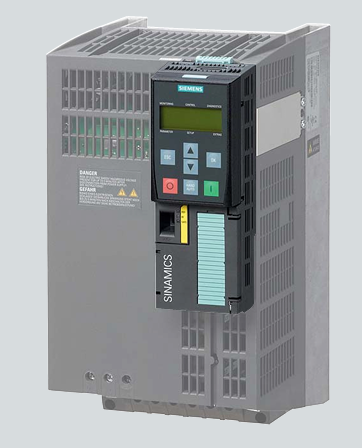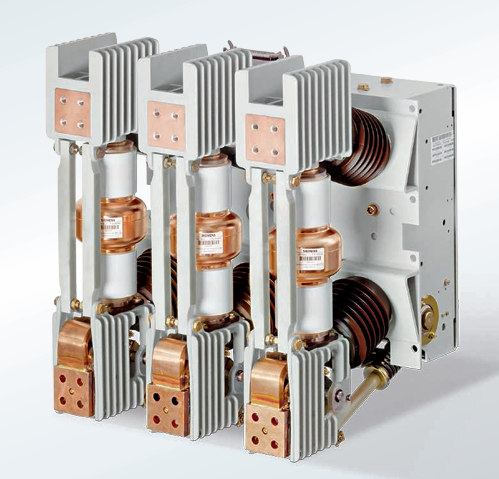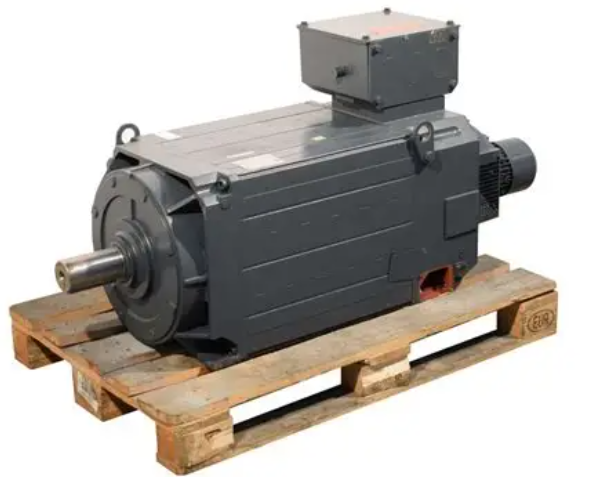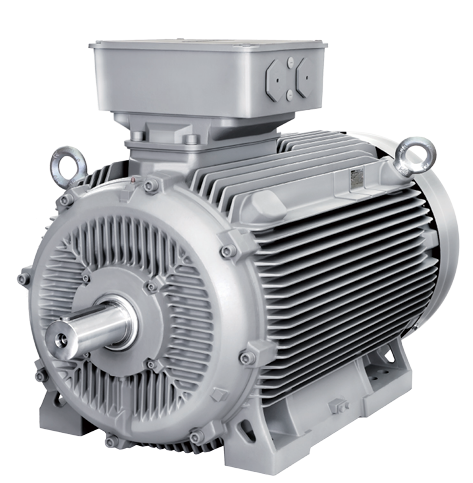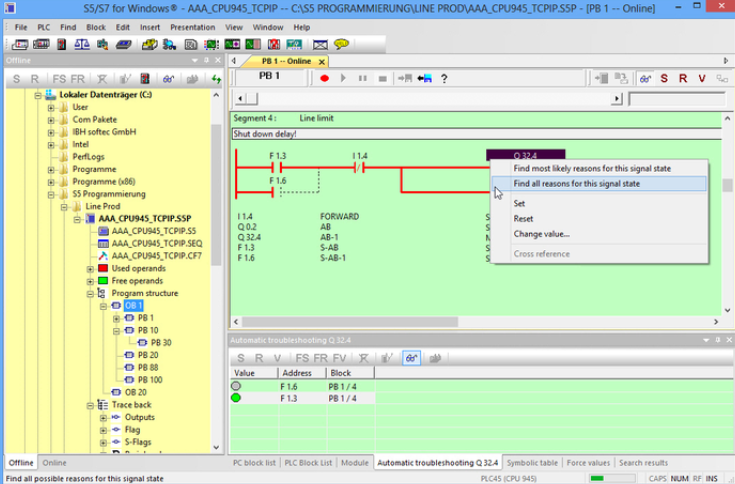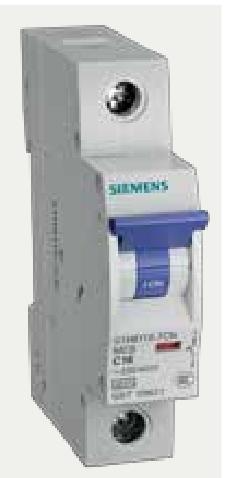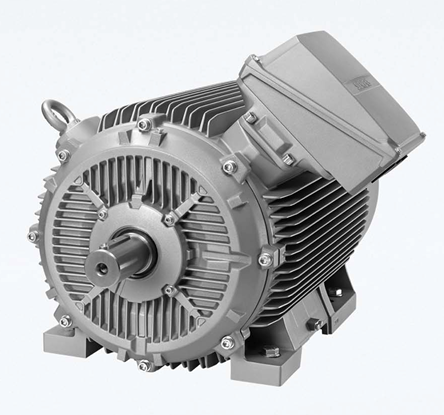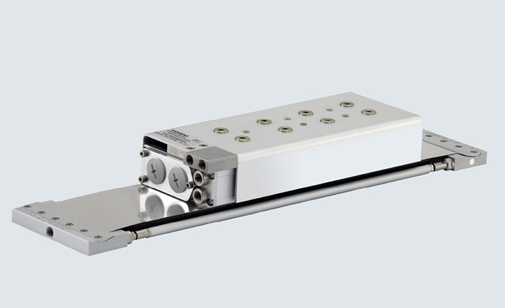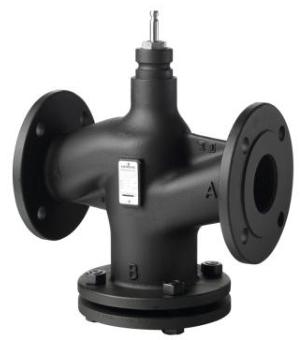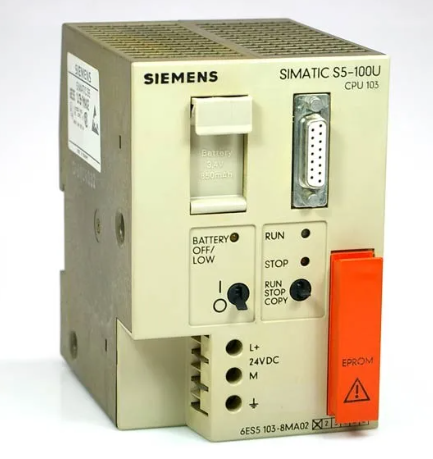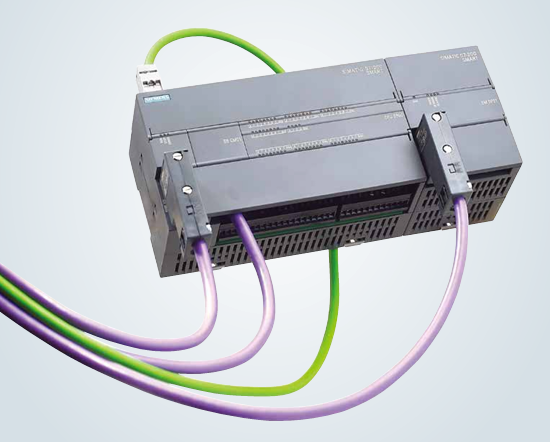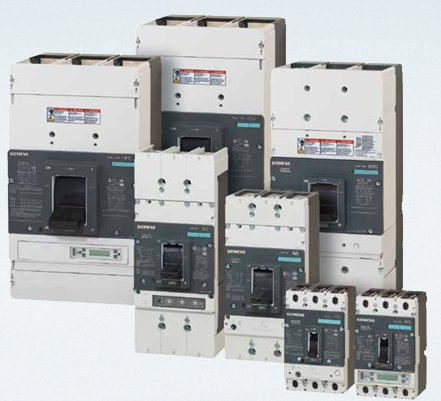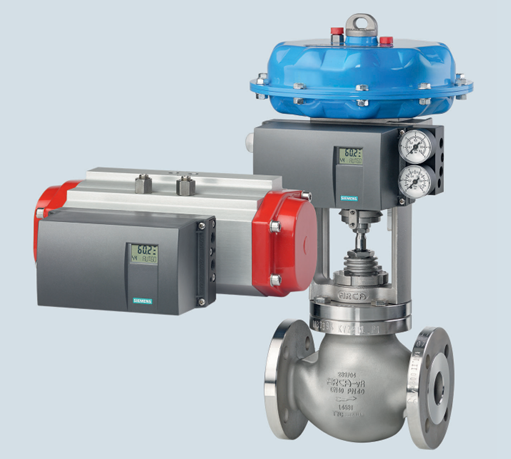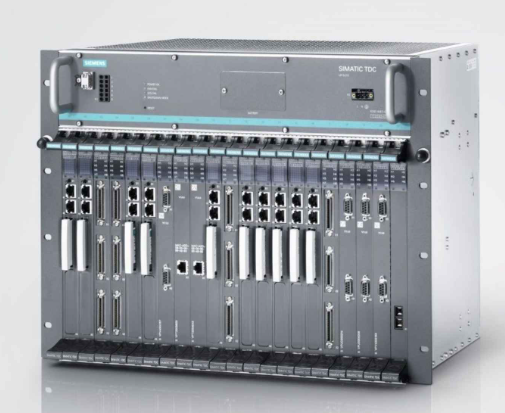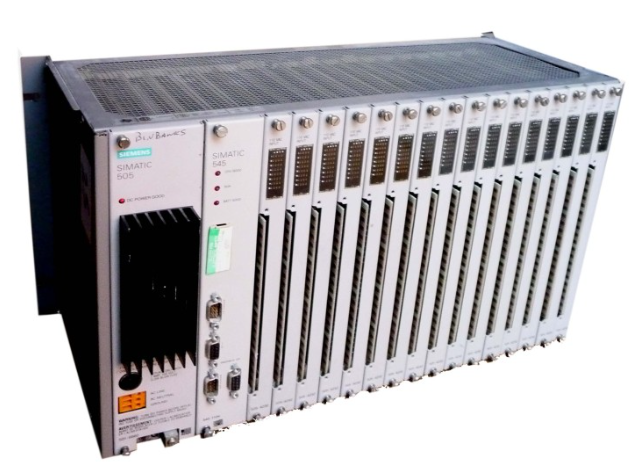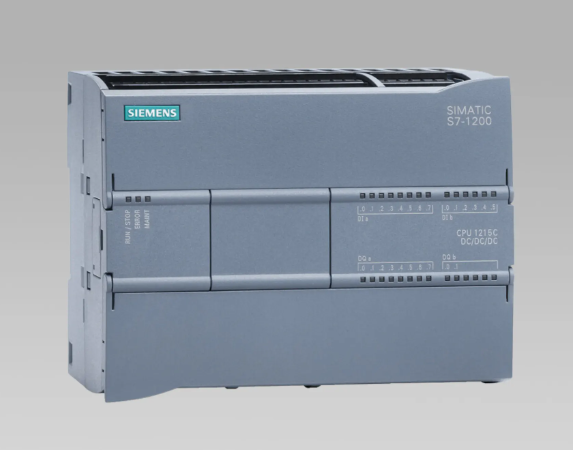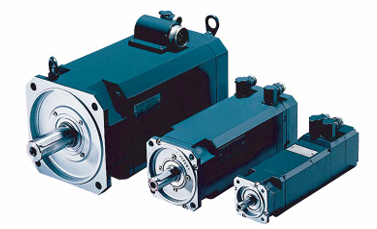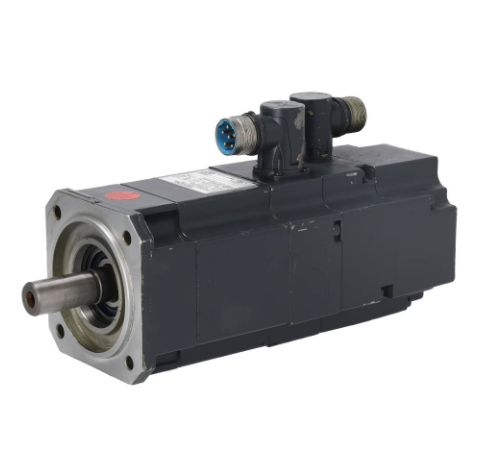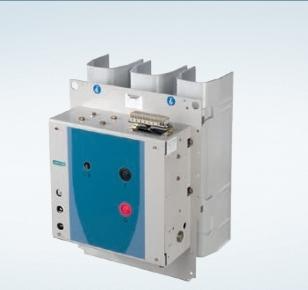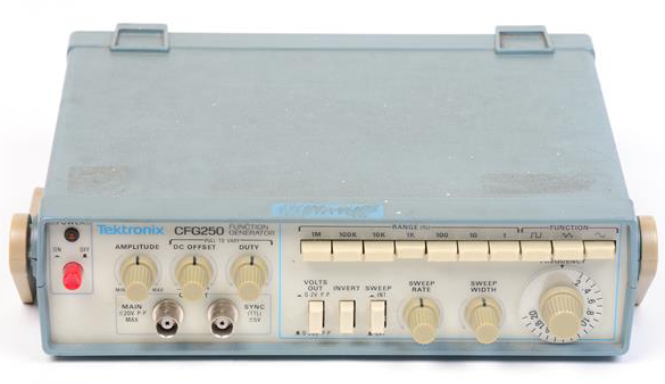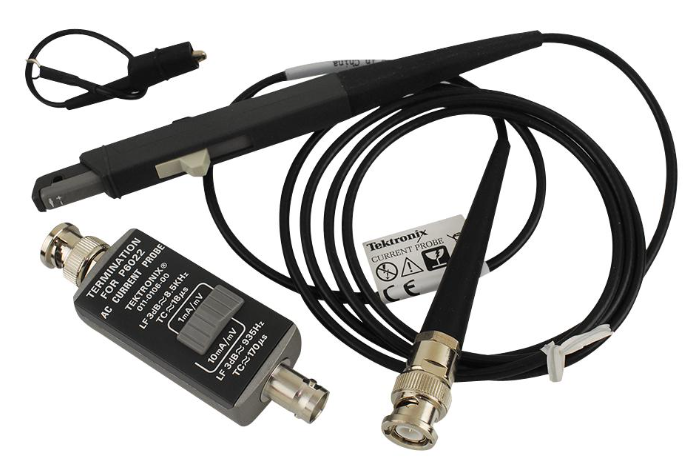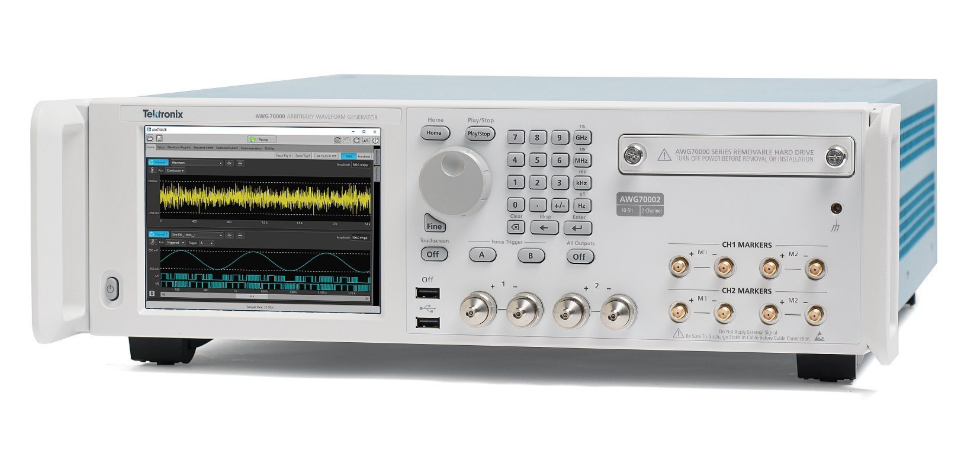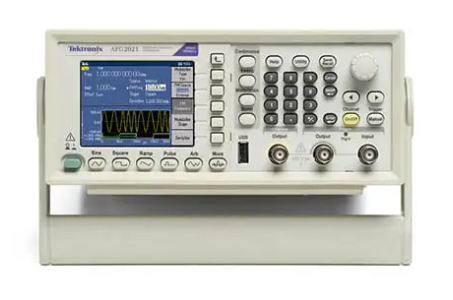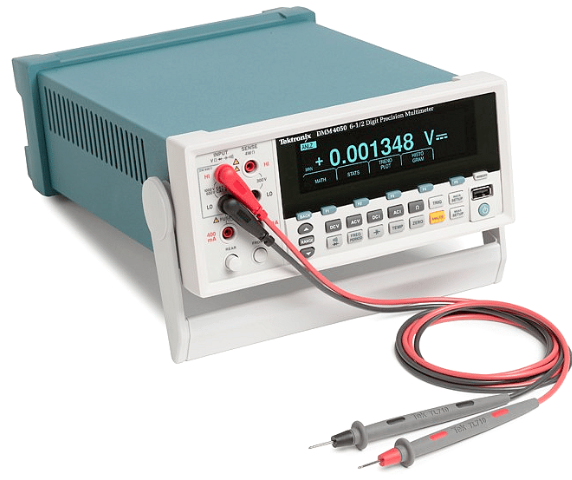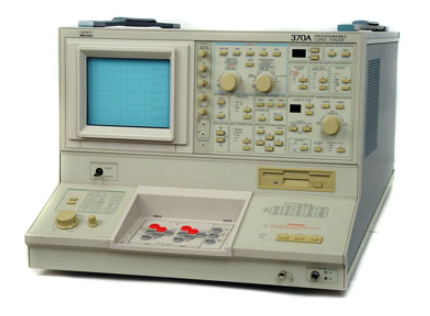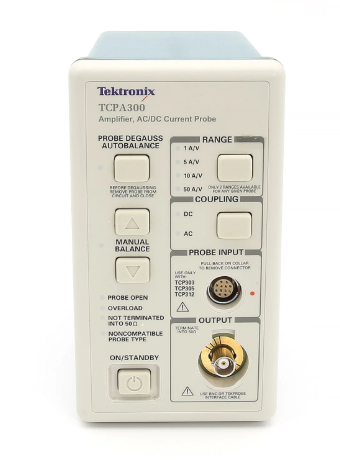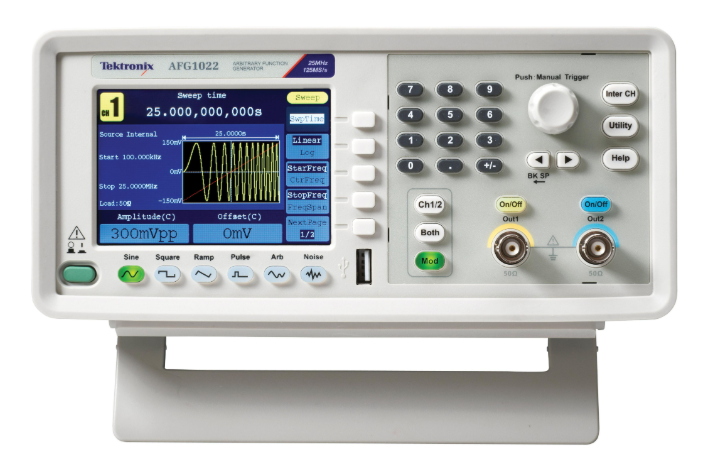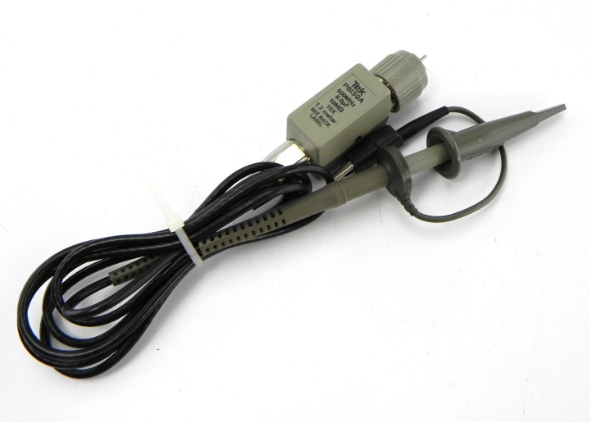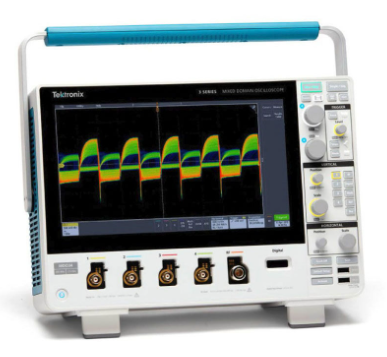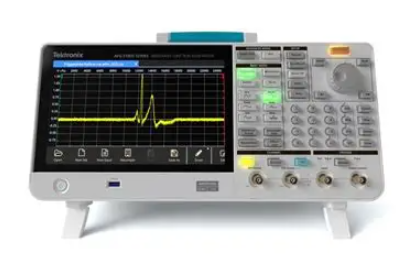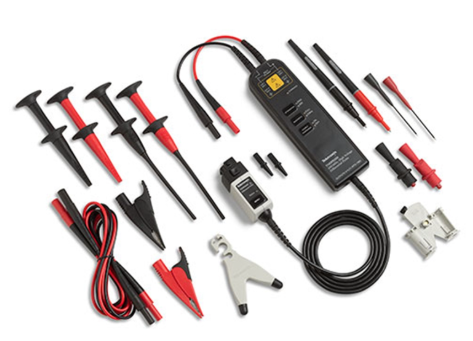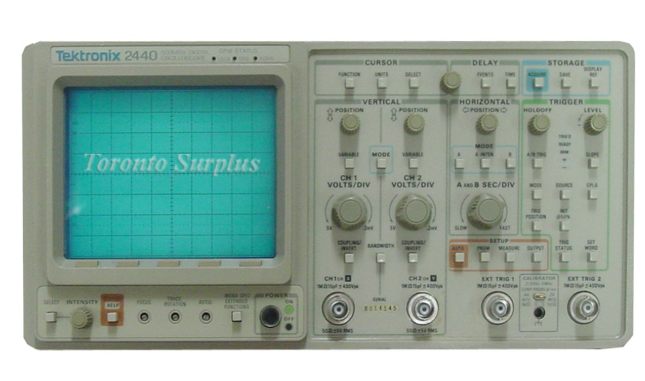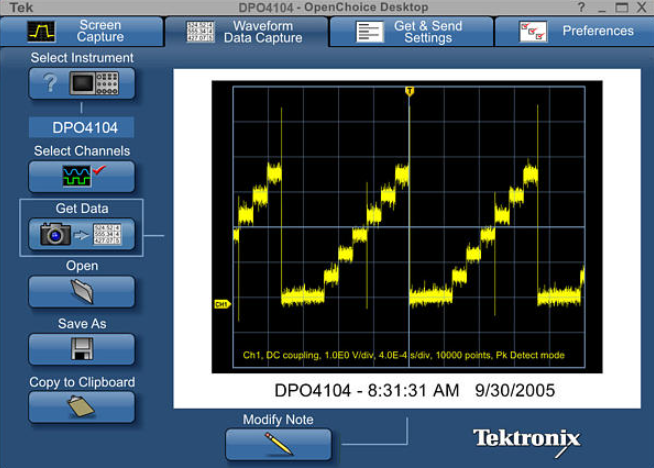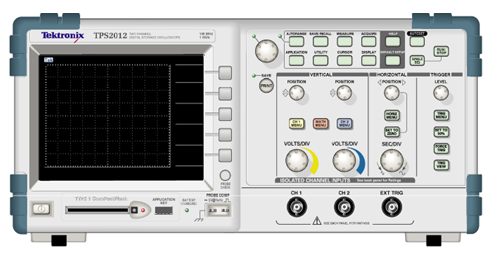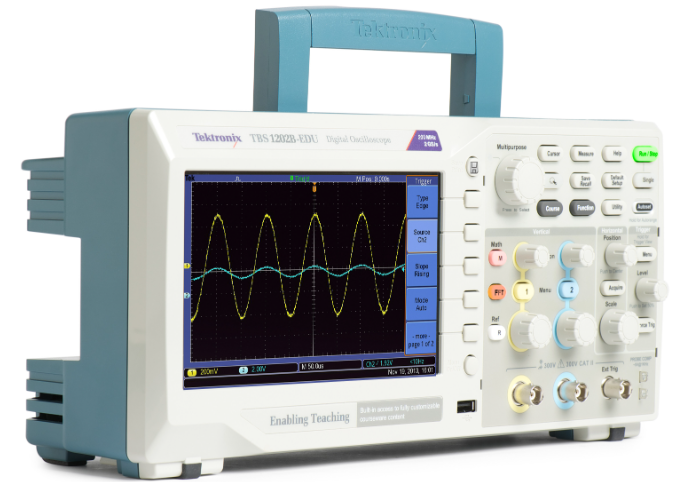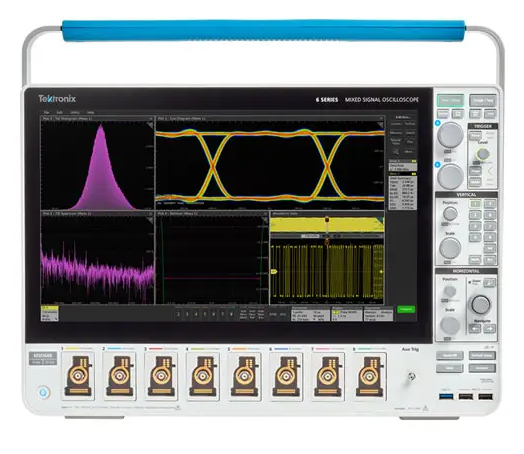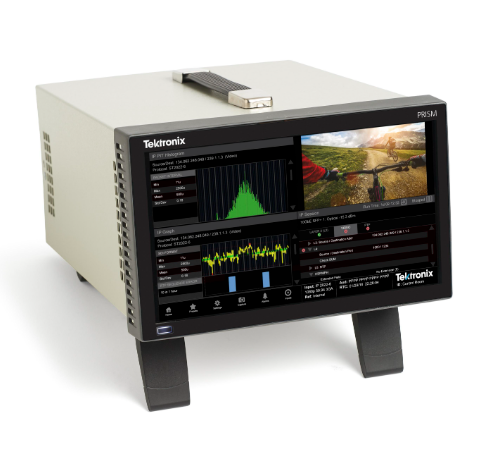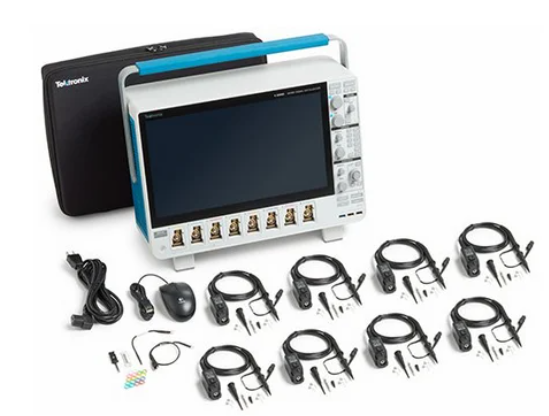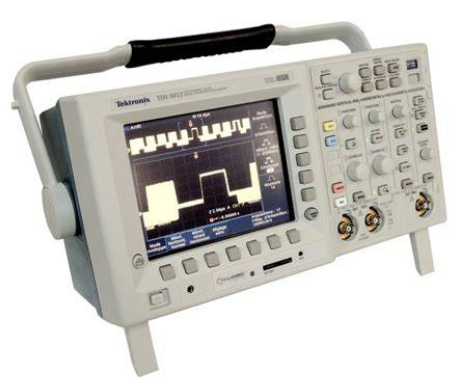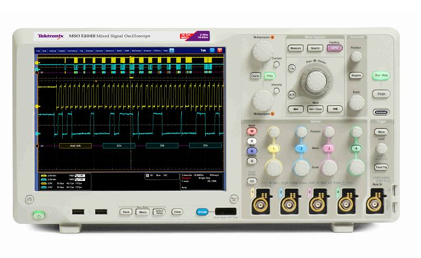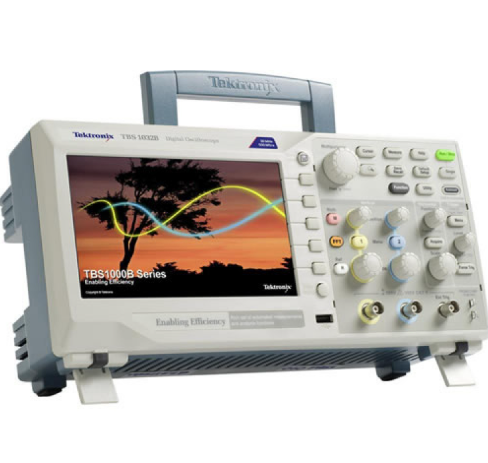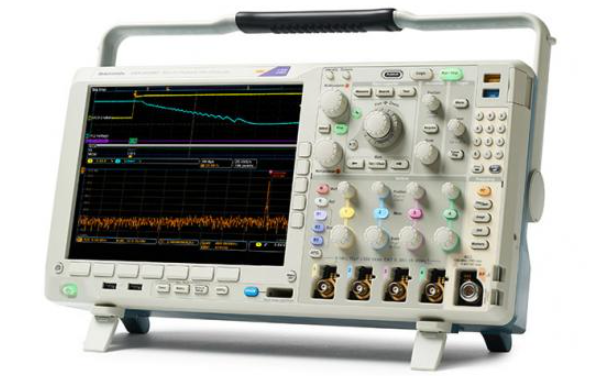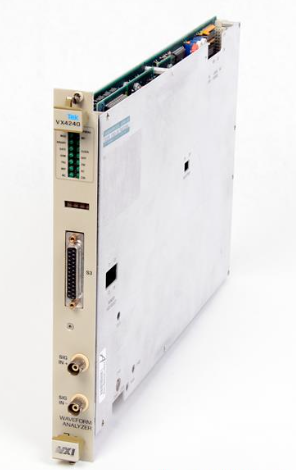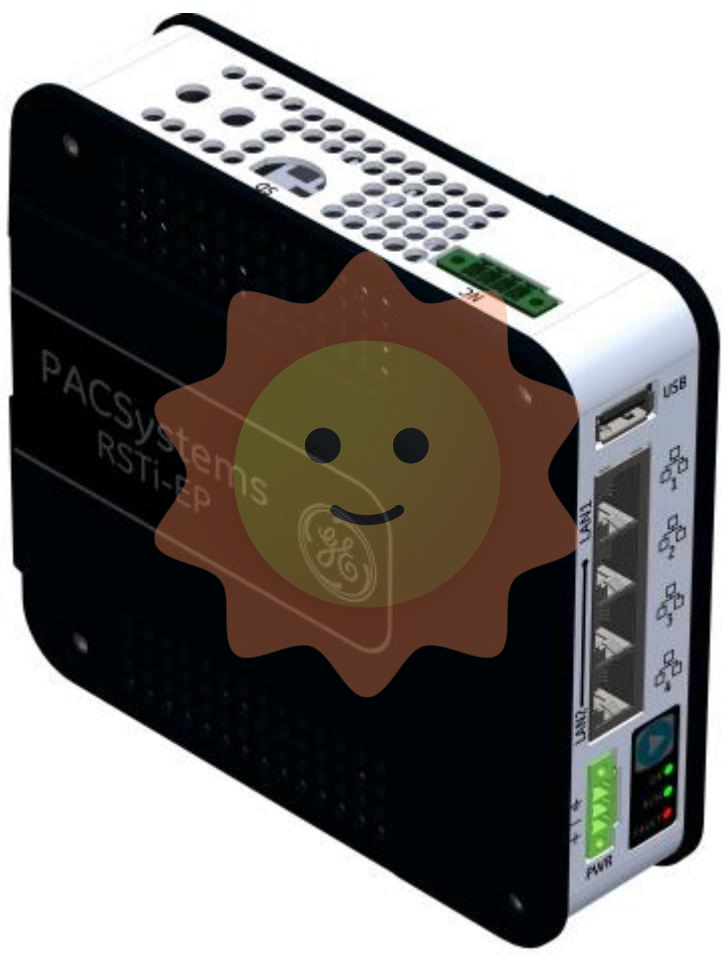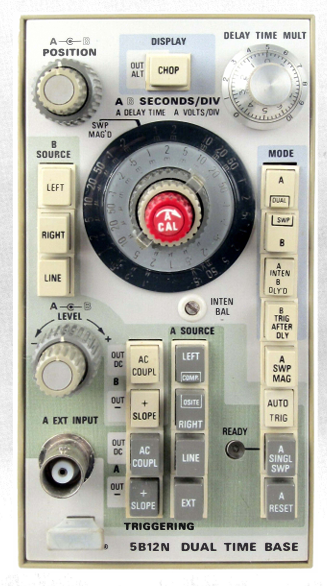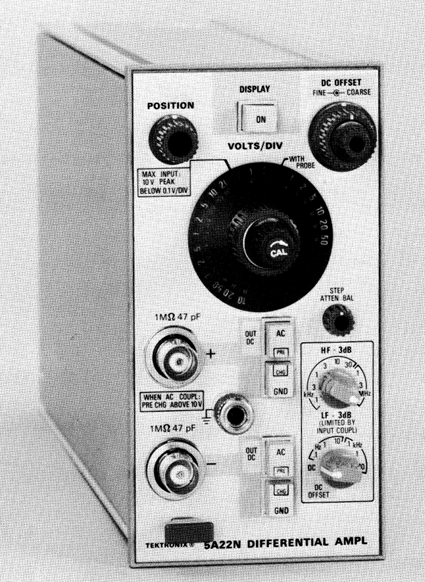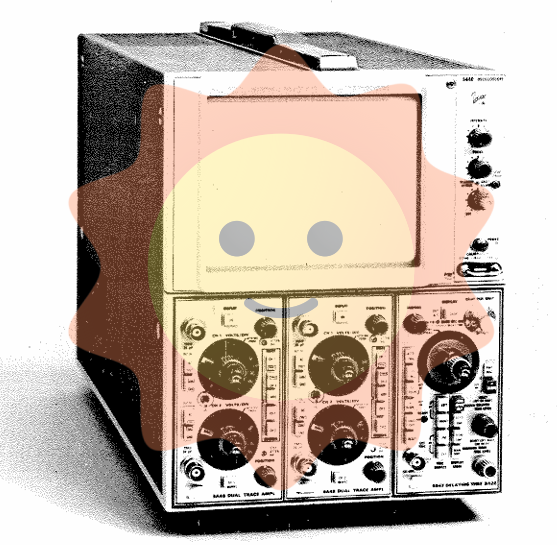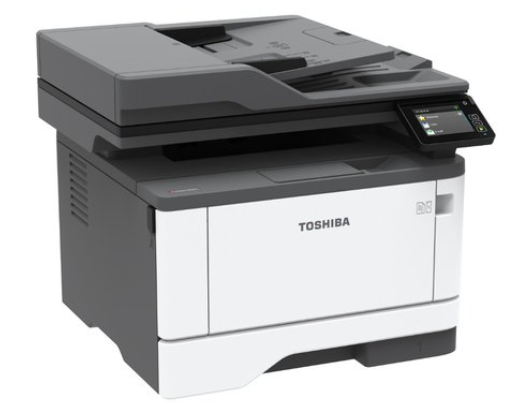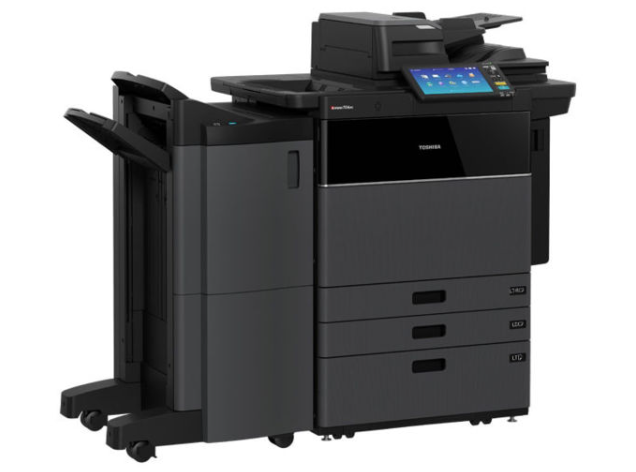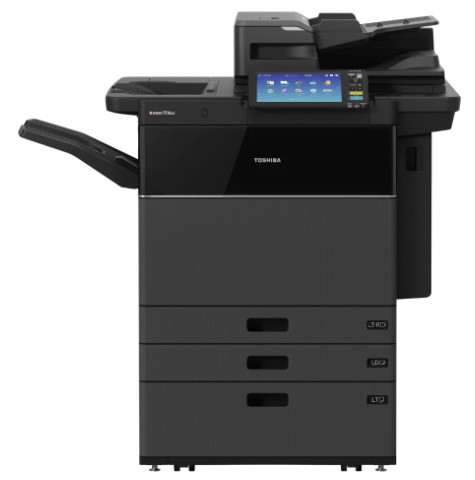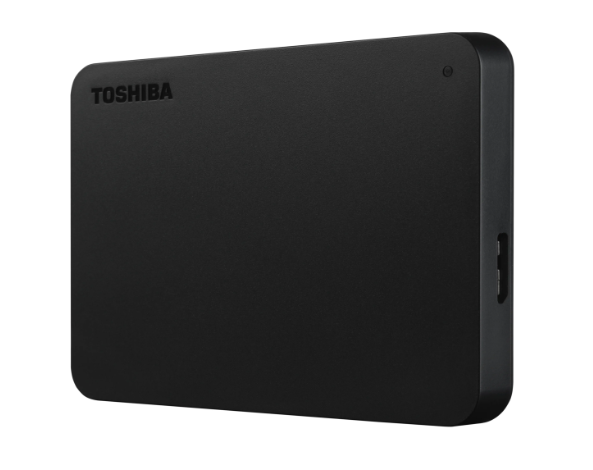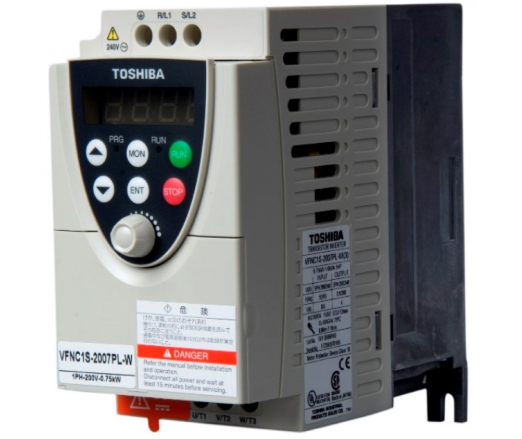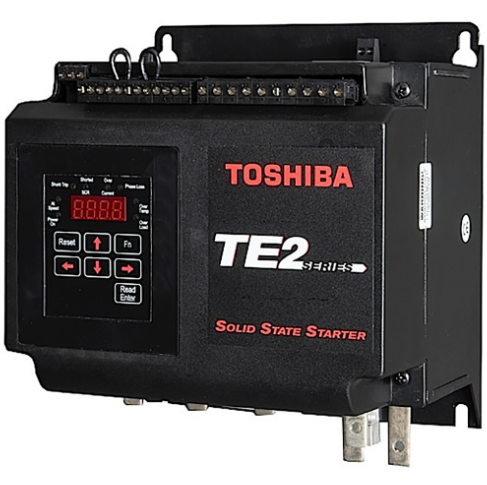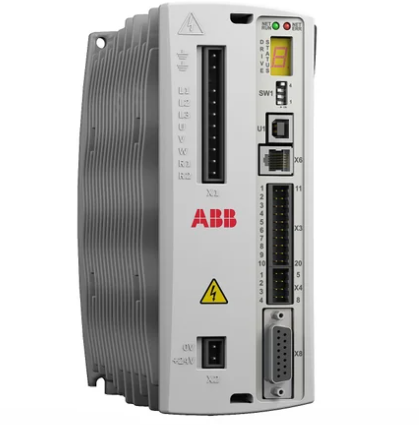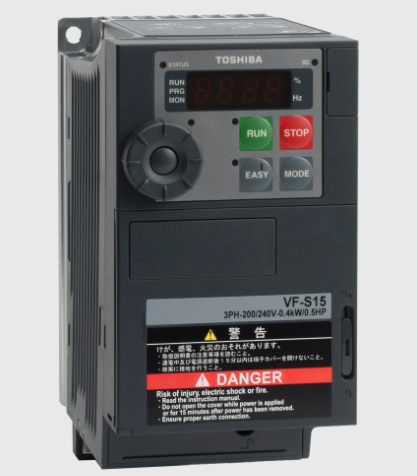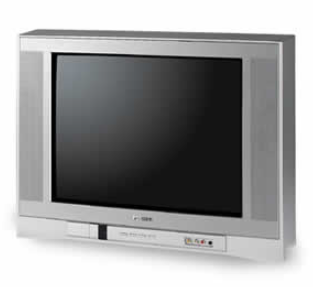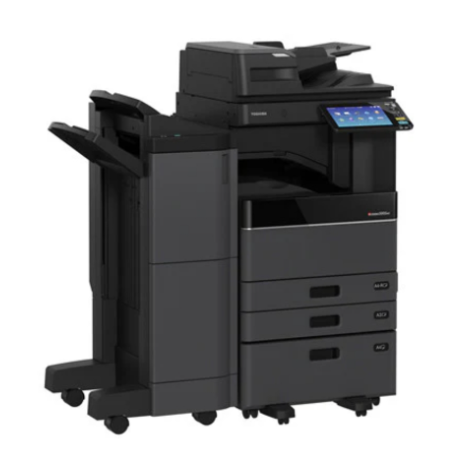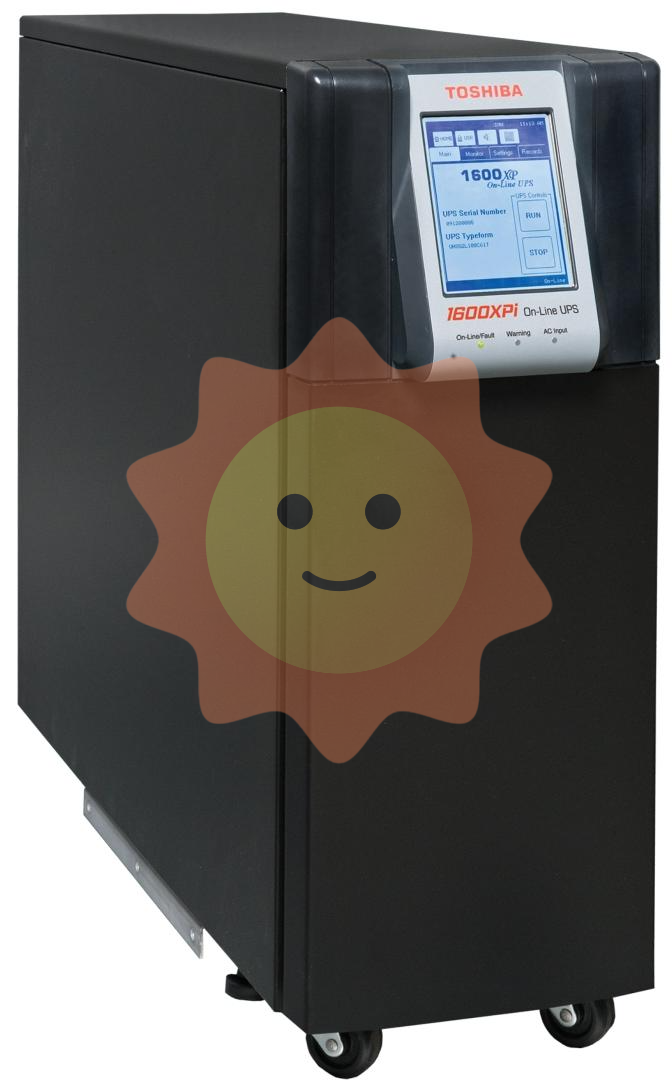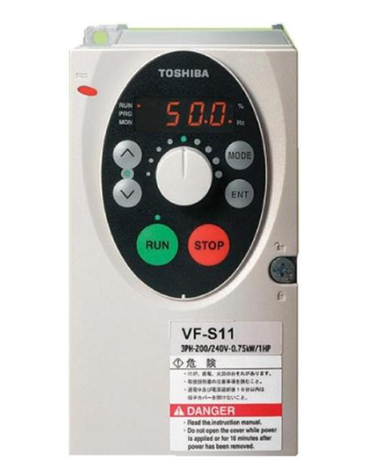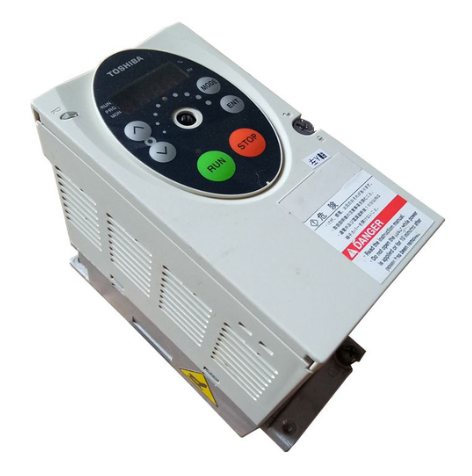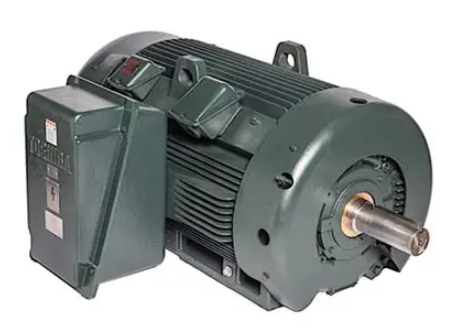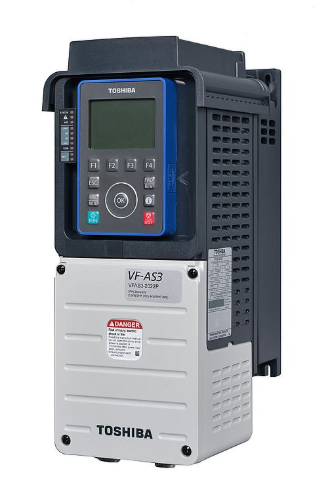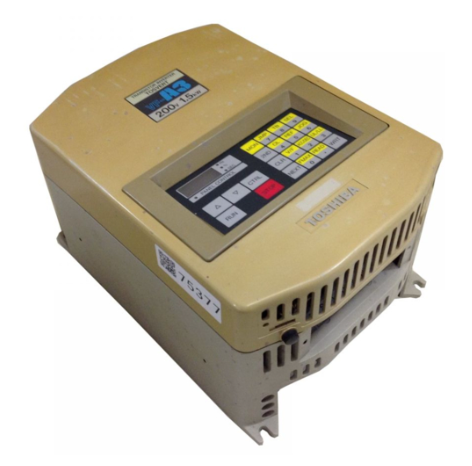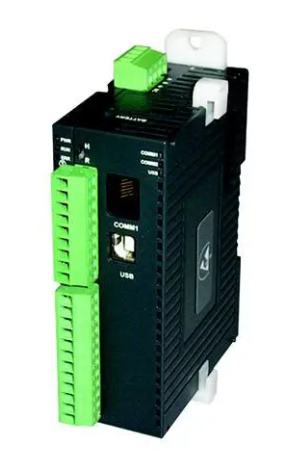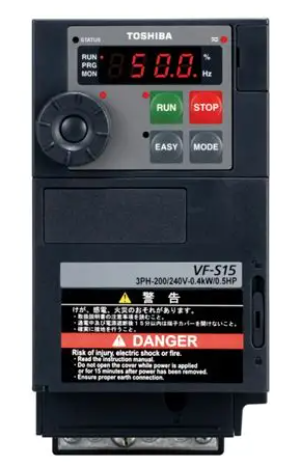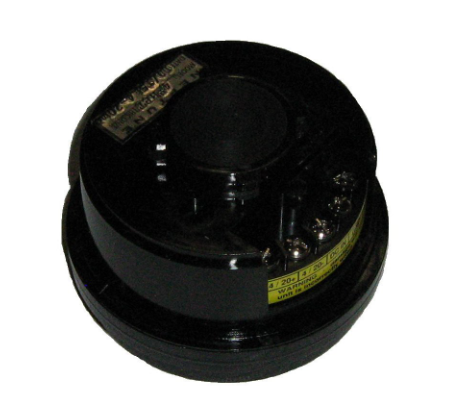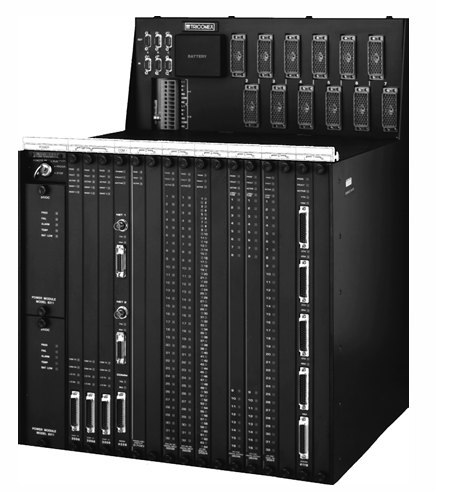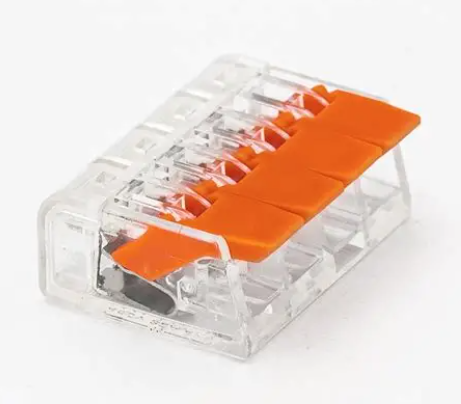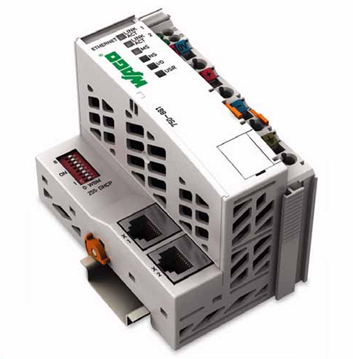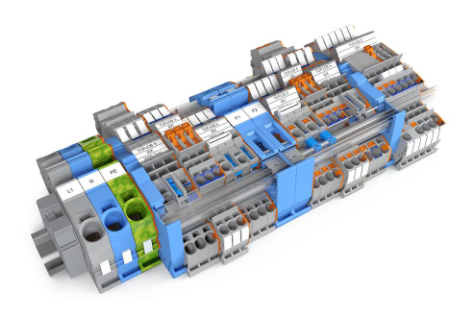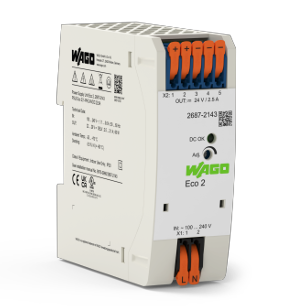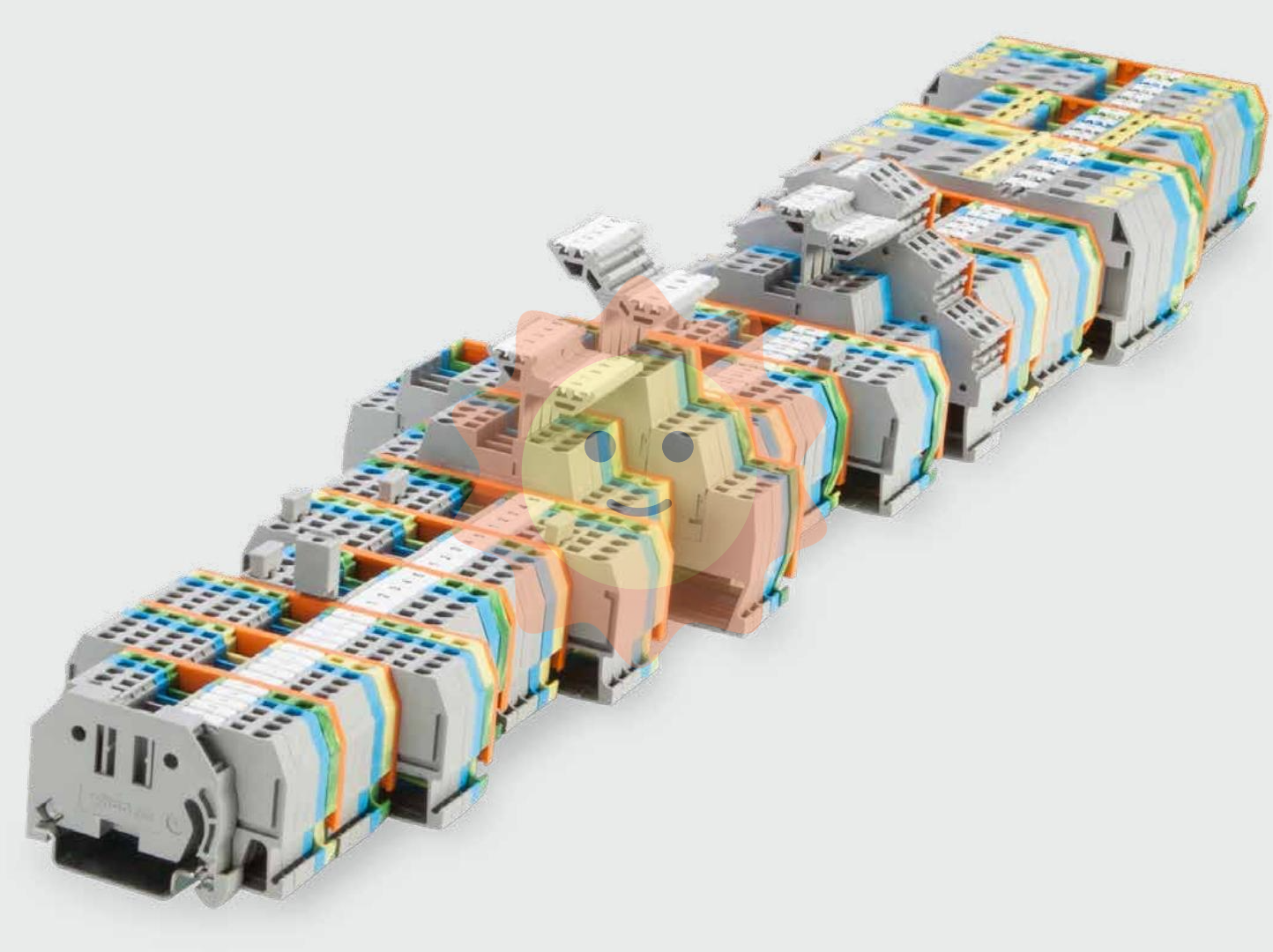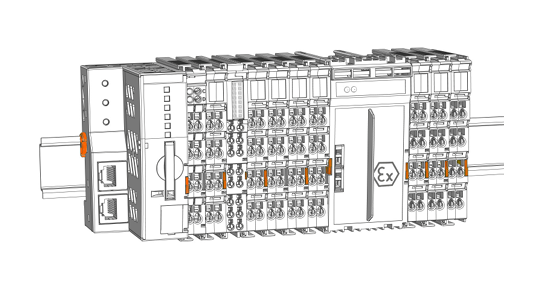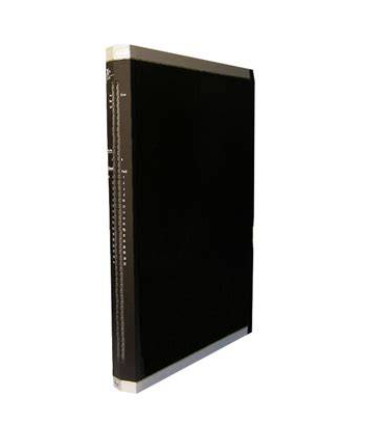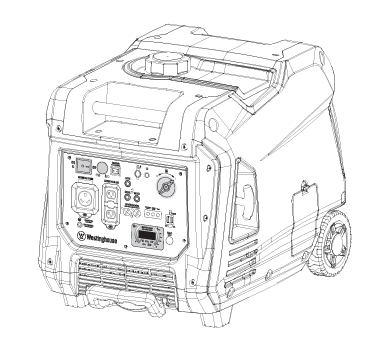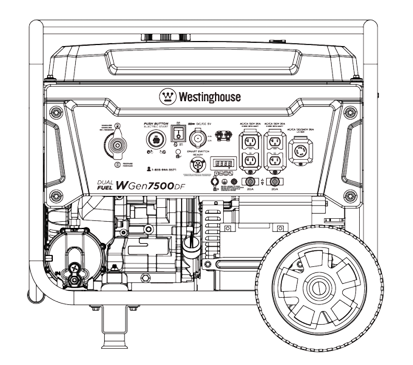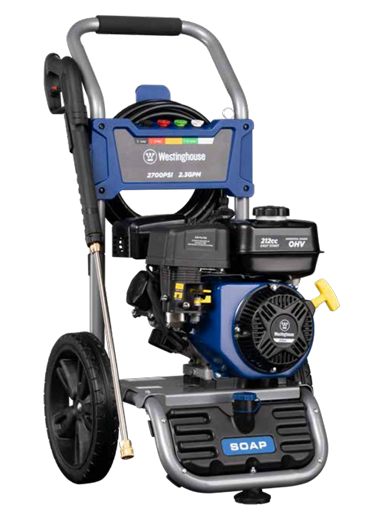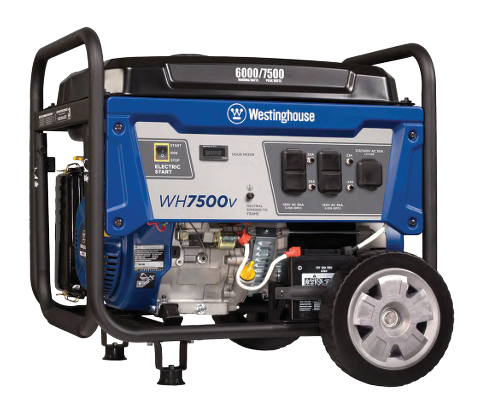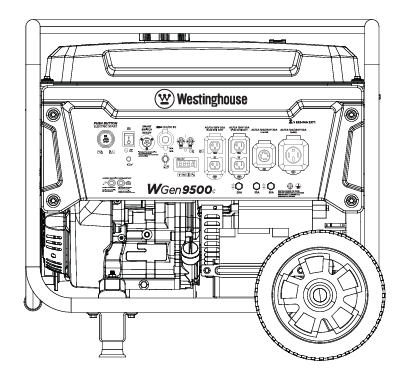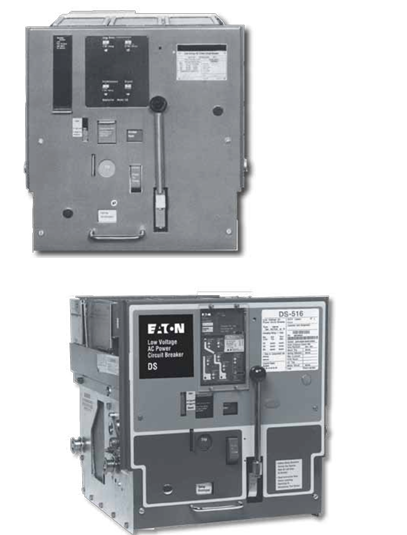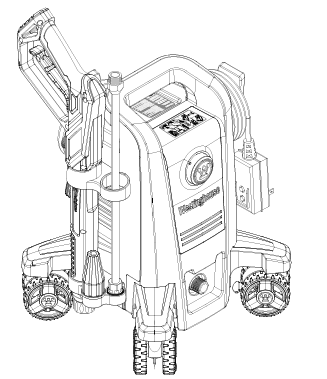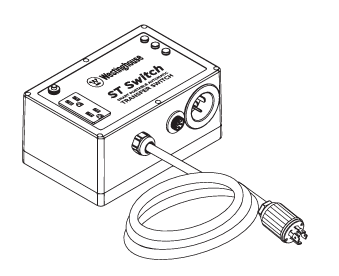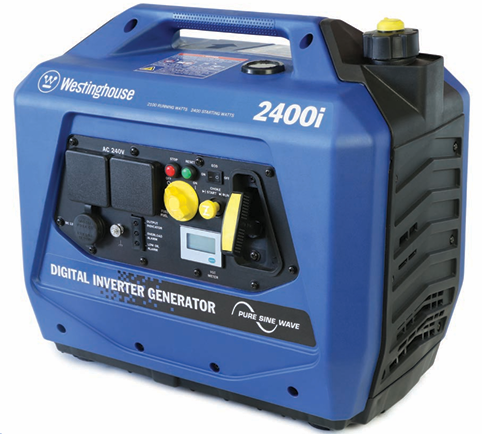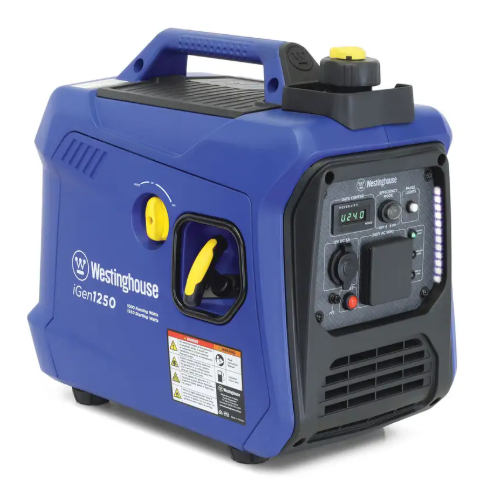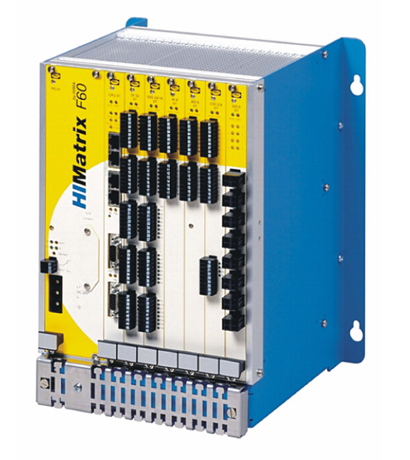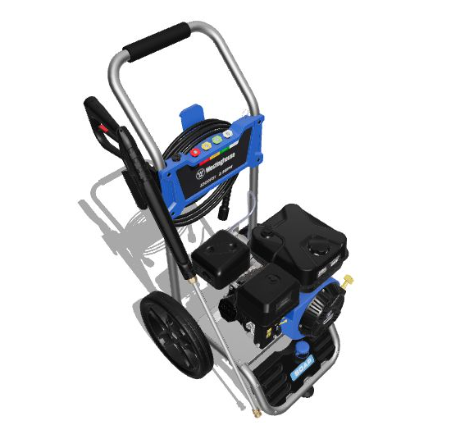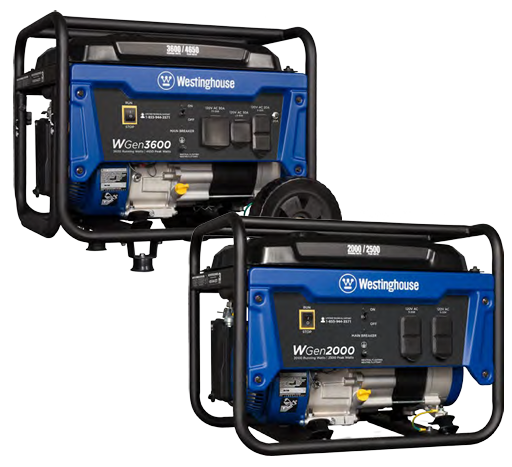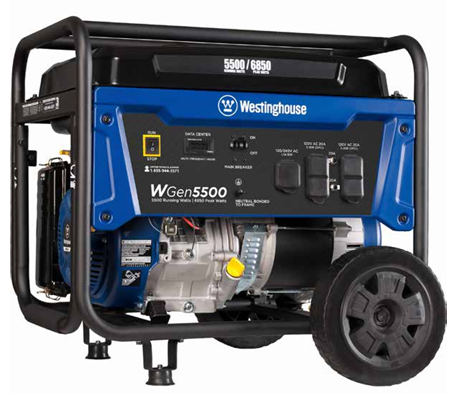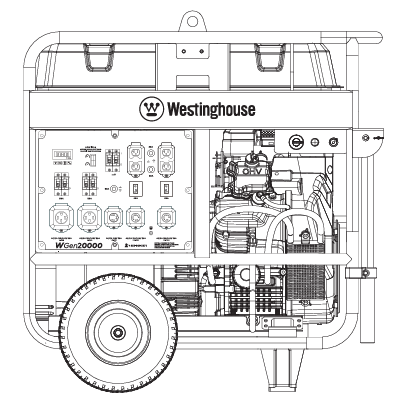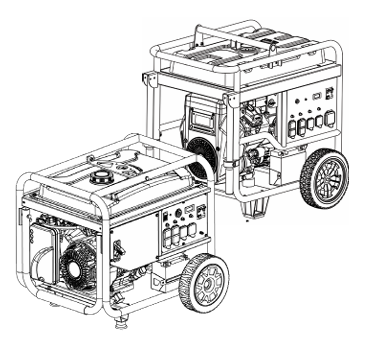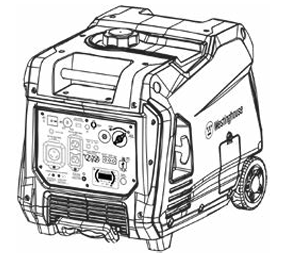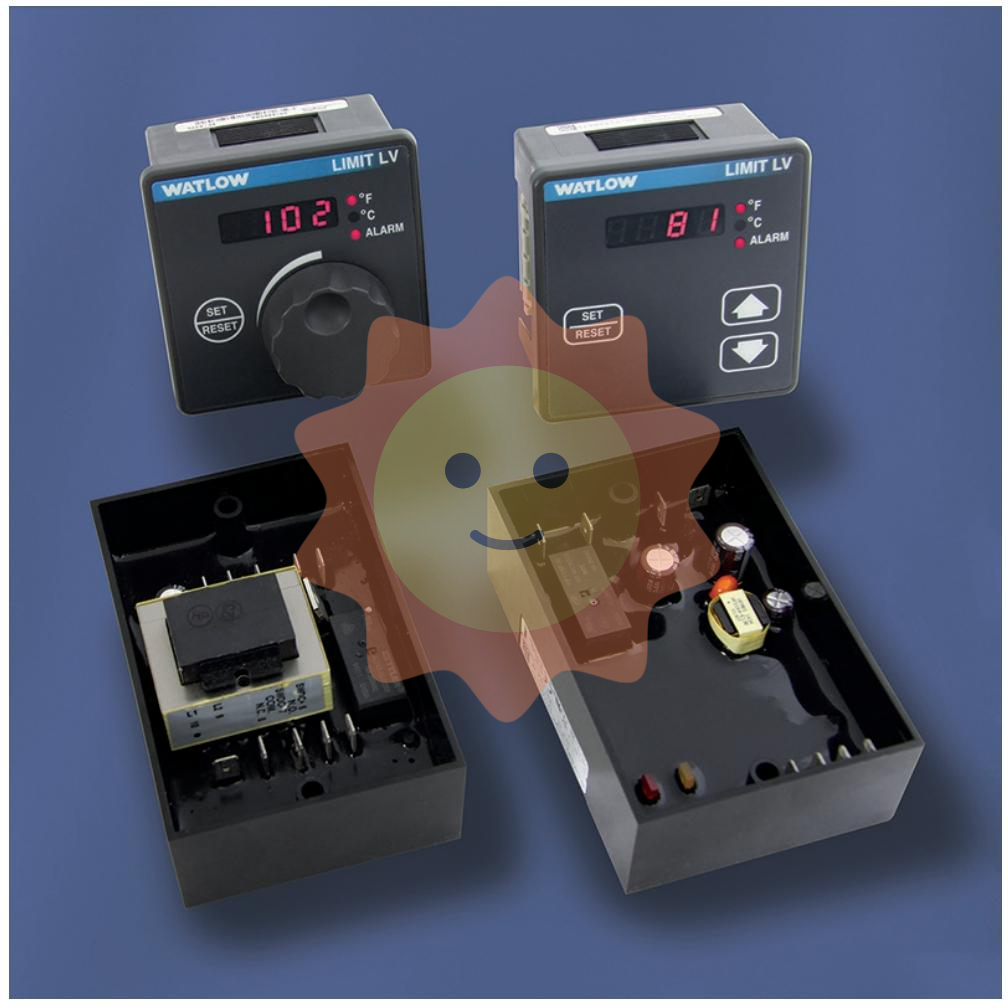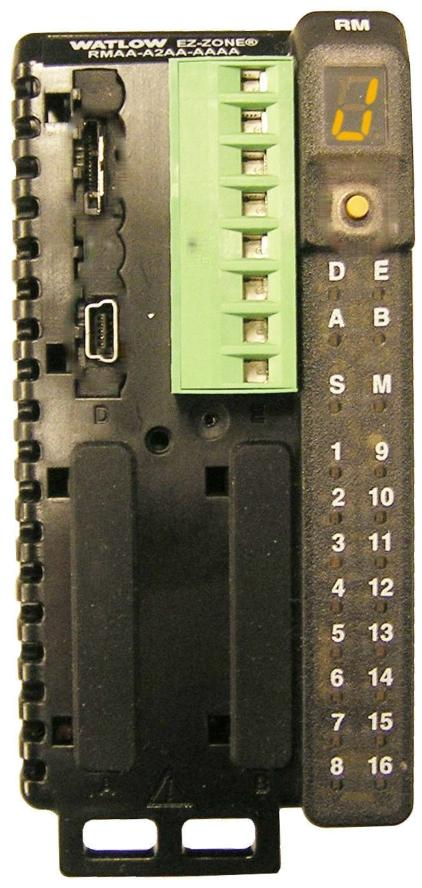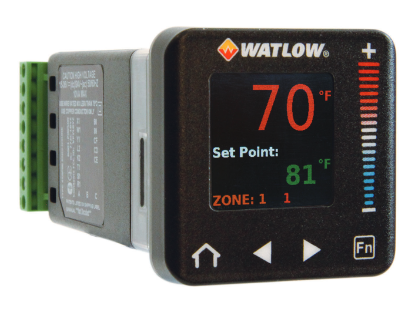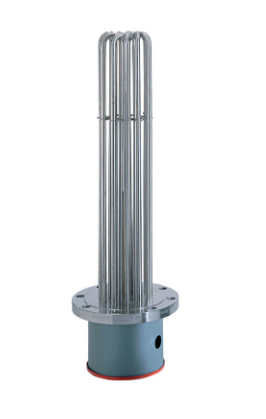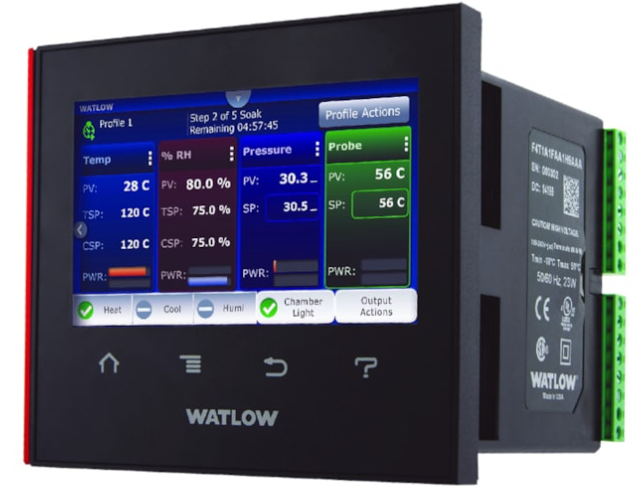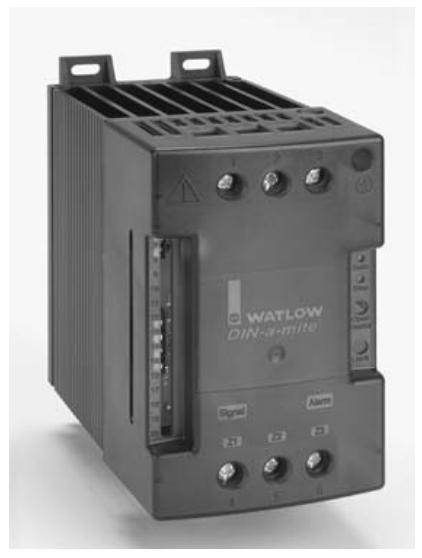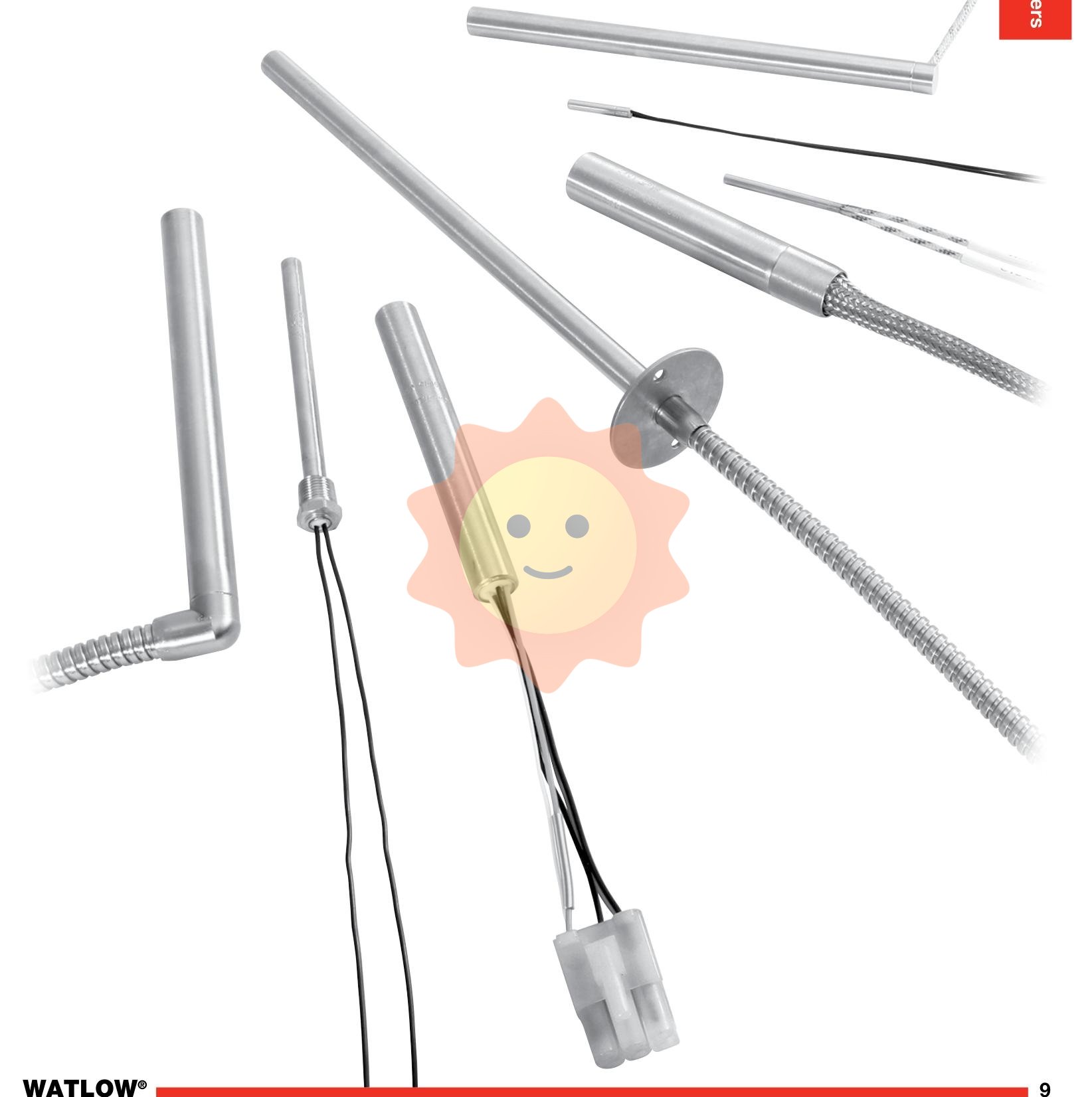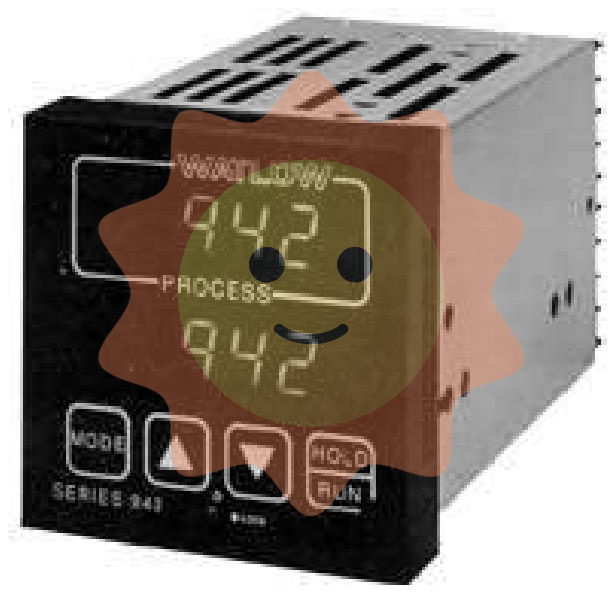ABB NTCS02 Control I/O Termination Unit
Basic Information
Model and name: ABB NTCS02 Control I/O Termination Unit, ‘NTCS02’ is the product model, which is an input/output (I/O) termination unit for control, and plays an important role in connecting the controller with external devices in industrial automation control systems. The NTCS02 is the product type.
Family: belongs to the ABB industrial automation product family, which includes a variety of automation control devices, such as other types of I/O modules, controllers, communication modules, etc., which work together to build a complete automation system.
Application Scenario: Widely used in industrial automation production lines (such as automobile manufacturing, machining, electronic assembly, etc.), process control systems (such as chemical, pharmaceutical, electric power and other industries), intelligent building automation systems (such as HVAC systems, lighting systems, lift systems, etc.). It is mainly used to collect input signals from external devices and output control signals to external devices.
Functional features
Input Function
Multi-Channel Input: Usually has multiple input channels, the number of channels may vary depending on the configuration of the product, generally has 8 - 16 input channels. These channels can receive various input signals from external devices, such as signals from sensors (temperature, pressure, flow, liquid level, etc.), switch signals (pushbuttons, limit switches, etc.). For example, in an automated production line, it is possible to receive signals from the operating status of multiple devices or signals from position sensors.
Input signal type compatibility: Compatible with a wide range of input signals, including analogue and digital signals. For analogue signals, it can receive common voltage signals (e.g. 0 - 10V, - 10V - + 10V) and current signals (e.g. 4 - 20mA); for digital signals, it can receive dry contact signals (e.g. open/close signals of switches), TTL/CMOS level signals (commonly used for communication between digital circuits), and other signals with different level ranges (e.g. 0 - 5V DC, 12 - 30V DC). This makes it easy to connect a variety of signals. This makes it easy to connect to a variety of industrial equipment.
Signal Conditioning and Filtering: Conditioning and filtering of input signals. Signal conditioning includes operations such as amplification, attenuation, and linearisation of analogue signals to make the signals meet the requirements of the system's internal processing; the filtering function is used to remove noise and interference components from the signals to improve the quality and reliability of the signals. In industrial environments, where a large amount of electromagnetic interference exists, this signal processing function helps to accurately acquire the status signals of external devices. For example, weak sensor signals are amplified and electromagnetic interference signals generated by equipment such as motors are filtered out.
Output Functions
Multi-Channel Output: With multiple output channels, external devices can be controlled independently. The number of output channels generally matches the number of input channels or is configured according to specific needs, and is used to send control signals to external devices (e.g. relays, indicator lights, small motors, etc.). For example, in an intelligent building lighting system, the brightness or switching status of lighting fixtures in different areas can be controlled through multiple output channels.
Output driving capacity: Each output channel has a certain driving capacity, and can provide enough current to drive the load. The size of the output current varies according to the product design, generally each channel can provide a few hundred milliamps (e.g. 200mA - 500mA) of current, enough to drive many small industrial equipment or control intermediate relays, and then control high-power equipment. For example, the output channels can drive start/stop control relays for small motors.
Output protection mechanisms: Output protection functions such as short-circuit protection and overload protection are available. When the equipment connected to the output channel is short-circuited or overloaded, it can automatically take protective measures, such as cutting off the output current, to prevent damage to the unit itself and the connected equipment. For example, if the motor connected to the output channel is overloaded, the unit will quickly cut off the current to that channel, and at the same time may indicate the fault through the alarm mechanism.
Signal Processing and Logic Functions
Signal conversion and conditioning: On the input side, different types of signals collected are converted into a standard signal format suitable for processing by the controller; on the output side, the control signals sent by the controller are converted into suitable signals that can drive external devices. For example, analogue input signals are converted into digital signals and internal digital control signals are converted into suitable voltage and current signal outputs.
Logic operation capability: Simple logic operation functions, such as logical operations of and, or, and not, can be implemented. By performing logical operations on the input signals to generate new output control signals, more complex control strategies can be realised. For example, in an automated production line, based on the status signals of multiple devices (e.g., device A is running and device B is stopped), a control signal is output to start or stop other related devices through logical operations.
Diagnostic and Monitoring Functions
Input/output status monitoring: All input and output channels can be monitored in real time. You can check whether each channel is at high or low level (for digital channels), or check the signal value of analogue channels through the indicator (some products have this function) or software interface (when connecting to the upper computer system), which is convenient for the user to know the status of external devices and whether the output control is normal. For example, when debugging an automation system, monitor the input/output status to check if the devices are connected correctly and the control logic is as expected.
Fault Diagnosis and Alarm: Equipped with a fault diagnosis function, it can automatically detect and send out fault alarm signals when the input/output channels are faulty (such as abnormal input signals, short-circuit or open-circuit outputs, etc.). The alarm signal can be a local sound and light alarm (if any), or the fault information can be sent to the upper computer system (such as PLC, SCADA system) through the communication interface, so as to carry out timely maintenance and processing.

- User name Member Level Quantity Specification Purchase Date
- Satisfaction :
-









Email:wang@kongjiangauto.com

